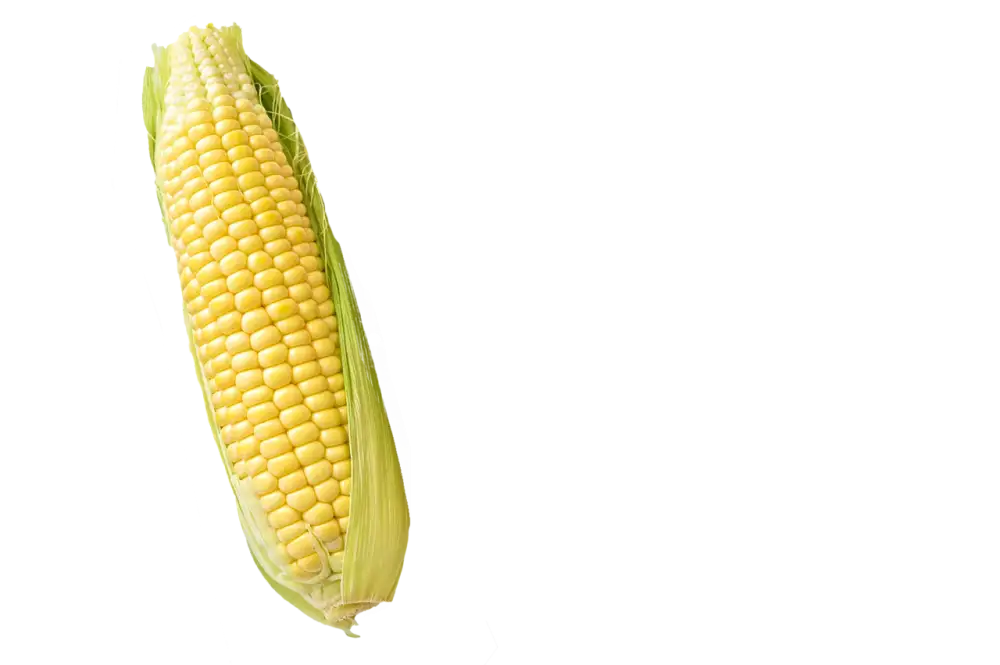Exploring the Dangers and Health Implications of Eating Corn Starch: Understanding Pica and its Effects

- Understanding pica: Definition and causes
- The potential health risks of consuming corn starch
- Nutritional value of corn starch and its impact on the body
- Recognizing the signs and symptoms of pica
- Seeking medical help for pica and its associated behaviors
- Coping strategies and alternative solutions for managing pica
Corn starch is a commonly used ingredient in cooking and baking, known for its ability to thicken sauces and provide a smooth texture. However, some individuals develop a peculiar craving for eating corn starch alone, which can be indicative of a condition called pica. Pica is characterized by the persistent consumption of non-nutritive substances like clay, dirt, or in this case, corn starch. This article aims to explore the dangers and health implications of consuming corn starch as well as understand the underlying causes of pica.
Understanding pica: Definition and causes
Pica is a disorder characterized by the persistent craving and consumption of non-food substances, such as corn starch. It is most commonly observed in individuals with nutritional deficiencies, developmental disorders, or mental health conditions. The exact causes of pica are not fully understood, but it is believed to be influenced by a combination of biological, psychological, and environmental factors. Individuals with pica may have an underlying iron deficiency or other nutrient imbalances, leading to unusual cravings for substances like corn starch. Additionally, stress, anxiety, and sensory issues can contribute to the development of pica behaviors. Understanding the causes of pica is crucial in order to address this disorder effectively and promote overall well-being.
The potential health risks of consuming corn starch
Consuming corn starch can pose potential health risks to individuals. One of the main concerns is the risk of nutrient deficiencies. Corn starch is low in essential nutrients such as vitamins, minerals, and fiber. Relying on it as a primary source of nutrition can lead to imbalances in the body.
Another health risk is the impact on blood sugar levels. Corn starch is a high glycemic index food, meaning it can cause a rapid spike in blood sugar levels. This can be particularly problematic for individuals with diabetes or those at risk of developing diabetes.
Furthermore, excessive consumption of corn starch can lead to weight gain and obesity. It is a calorie-dense food with little nutritional value, so overconsumption can contribute to an unhealthy diet and promote weight gain.
In addition, consuming large quantities of corn starch may also result in digestive issues such as bloating, gas, and constipation. The lack of fiber in corn starch makes it difficult for the body to digest properly.
It is important to be aware of these potential health risks and consider moderation when consuming corn starch or any other starchy foods.
Nutritional value of corn starch and its impact on the body
Corn starch is a type of carbohydrate that is derived from the endosperm of corn kernels. It is commonly used as a thickening agent in cooking and baking. While it does provide some calories, corn starch is not considered to be a significant source of essential nutrients. It is low in protein, fat, vitamins, and minerals.
When consumed in moderation as part of a balanced diet, corn starch can be safely incorporated into meals. However, excessive consumption can lead to negative health effects. Consuming large amounts of corn starch can cause spikes in blood sugar levels, which may contribute to the development or worsening of conditions such as diabetes and obesity.
Additionally, corn starch lacks dietary fiber, which plays a crucial role in maintaining digestive health and preventing constipation. A diet high in refined carbohydrates like corn starch may also increase the risk of developing chronic diseases such as heart disease and certain types of cancer.
It's important to note that while corn starch has its uses in cooking and food preparation, it should not be relied upon as a primary source of nutrition. A varied diet that includes whole grains, fruits, vegetables, lean proteins, and healthy fats is essential for optimal health.
Before making any significant changes to your diet or if you have concerns about your nutritional intake, it's always best to consult with a registered dietitian or healthcare professional who can provide personalized guidance based on your specific needs and goals.
Recognizing the signs and symptoms of pica
Recognizing the signs and symptoms of pica is crucial in identifying individuals who may be at risk. Some common indicators include persistent cravings and consumption of non-food items such as corn starch, clay, dirt, or ice. Other signs may include changes in eating habits, weight loss, nutritional deficiencies, and gastrointestinal problems. It is important to be vigilant and observe any unusual behaviors related to food consumption to ensure early intervention and appropriate support.
Seeking medical help for pica and its associated behaviors
Seeking medical help for pica and its associated behaviors is crucial in order to address the underlying causes and potential health risks. A healthcare professional can conduct a thorough evaluation to determine the root cause of pica and develop an appropriate treatment plan. This may involve addressing any nutritional deficiencies, managing any underlying mental health conditions, and providing behavioral interventions. It is important to seek professional advice to ensure the well-being and safety of individuals affected by pica.
Coping strategies and alternative solutions for managing pica
Coping strategies and alternative solutions for managing pica include:
1. Cognitive-behavioral therapy: This therapy helps individuals identify and change the thoughts and behaviors associated with pica. It can help develop healthier coping mechanisms and reduce the urge to consume non-food items like corn starch.
2. Nutritional counseling: Working with a registered dietitian can help address any nutritional deficiencies that may be contributing to pica. They can create a balanced meal plan that meets the individual's nutritional needs, reducing the desire to consume non-food items.
3. Substituting with safe alternatives: Finding safe alternatives that mimic the texture or taste of corn starch can help satisfy cravings without posing health risks. For example, using tapioca starch or arrowroot powder in cooking or baking can provide similar results.
4. Creating a supportive environment: Surrounding oneself with a supportive network of family and friends who understand and respect the challenges of managing pica can be beneficial. They can provide encouragement, accountability, and assistance in finding healthy distractions or activities to redirect focus away from consuming non-food items.
5. Stress management techniques: Pica is often linked to stress or anxiety. Learning effective stress management techniques such as deep breathing exercises, meditation, or engaging in hobbies can help reduce the urge to engage in pica behaviors.
Remember, it is crucial to consult a healthcare professional for personalized advice on managing pica effectively and safely.
In conclusion, it is important to promote a healthy relationship with food and seek professional advice when dealing with pica and its associated behaviors. Eating corn starch can be dangerous and have negative health implications, so it is crucial to understand the causes and potential risks. By recognizing the signs and symptoms of pica, individuals can take proactive steps towards seeking medical help. Coping strategies and alternative solutions should be explored to manage pica effectively. Remember, your health is paramount, so always consult a healthcare professional for guidance in maintaining a balanced diet.
Published: 10. 12. 2023
Category: Health



